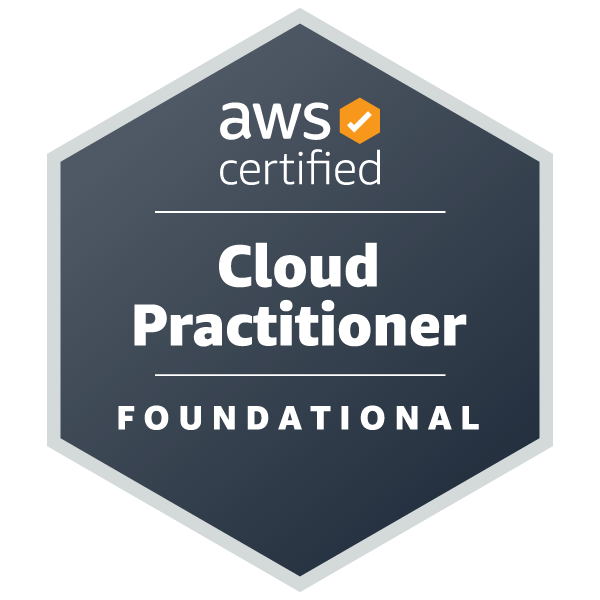
The service is AWS Lambda. Lambda is a serverless compute service. You upload your code, set up a trigger (like an S3 upload, DynamoDB update, or API Gateway call), and AWS runs it only when needed. You do not manage servers, operating systems, or scaling. You pay only for the compute time your code consumes, measured in milliseconds. This helps reduce costs and simplifies operations.
Amazon Simple Storage Service (S3) is used for object storage. You can store unlimited files, backups, logs, images, or even host static websites. Features include durability of 99.999999999% (11 nines), lifecycle management (automatic moving of data to cheaper storage classes), versioning (keeping old copies), encryption, and access control. S3 is a foundation for many AWS workloads.
The AWS Shared Responsibility Model explains who is responsible for what in the cloud. AWS is responsible for security of the cloud — the physical infrastructure, networking, hardware, and software that run the services. Customers are responsible for security in the cloud — managing data, setting permissions, configuring resources securely, and compliance requirements. Understanding this model is critical to avoid misconfigurations and ensure a secure environment.
The On-Demand pricing model lets you pay per second or hour for compute instances (like EC2) with no upfront payment or long-term commitment. It is best used for short-term, unpredictable, or testing workloads, where you don’t know how long you’ll need the resource. While flexible, it is usually more expensive than Reserved or Spot Instances for long-term use.
AWS Auto Scaling automatically adds or removes compute resources (like EC2 instances) based on real-time demand. For example, if web traffic increases, it can launch more instances to handle the load, and then remove them when traffic decreases. This improves both performance (users get faster responses) and cost efficiency (you only pay for what you actually need).
Amazon RDS (Relational Database Service) is a managed service for running relational databases without the overhead of patching, backups, or manual scaling. Supported engines include MySQL, PostgreSQL, MariaDB, Oracle, and Microsoft SQL Server. It also offers features like Multi-AZ deployments for high availability, automated backups, and read replicas for better performance.
AWS offers Regions (geographically separated) and Availability Zones (isolated data centers within a Region). By deploying applications across multiple AZs, you can keep them running even if one AZ fails. Load balancers and auto scaling groups can distribute traffic and capacity across these AZs, reducing downtime. Some global services, like Route 53 and CloudFront, also help reroute users automatically to healthy endpoints.
An AWS Region is a physical location in the world (e.g., us-east-1 in Virginia) that contains multiple isolated Availability Zones. Each AZ is a separate data center with its own power, cooling, and networking. Using multiple AZs in a Region increases fault tolerance. Regions are isolated from each other for security and compliance reasons, but you can choose where to run your workloads based on latency, data residency, and cost.
The AWS Pricing Calculator is a free online tool that lets you model your architecture and estimate the monthly bill. You select services, choose configurations (like instance type, storage size, data transfer), and the calculator gives an estimated cost. This helps you plan budgets, compare options, and avoid surprises before deploying in production.